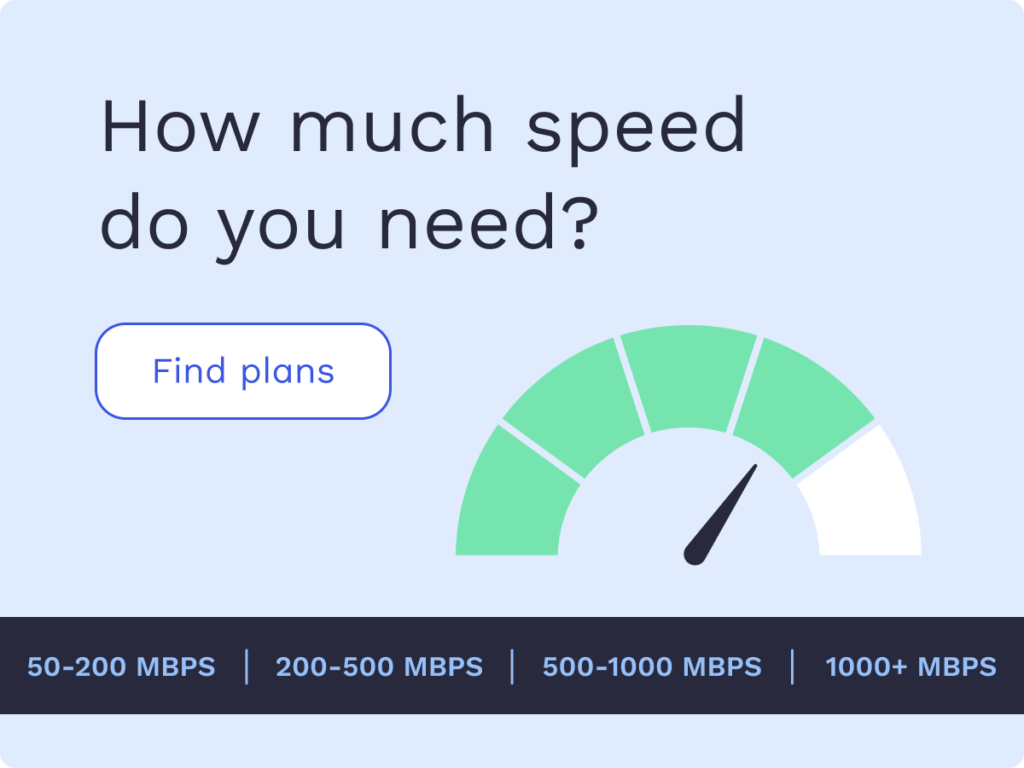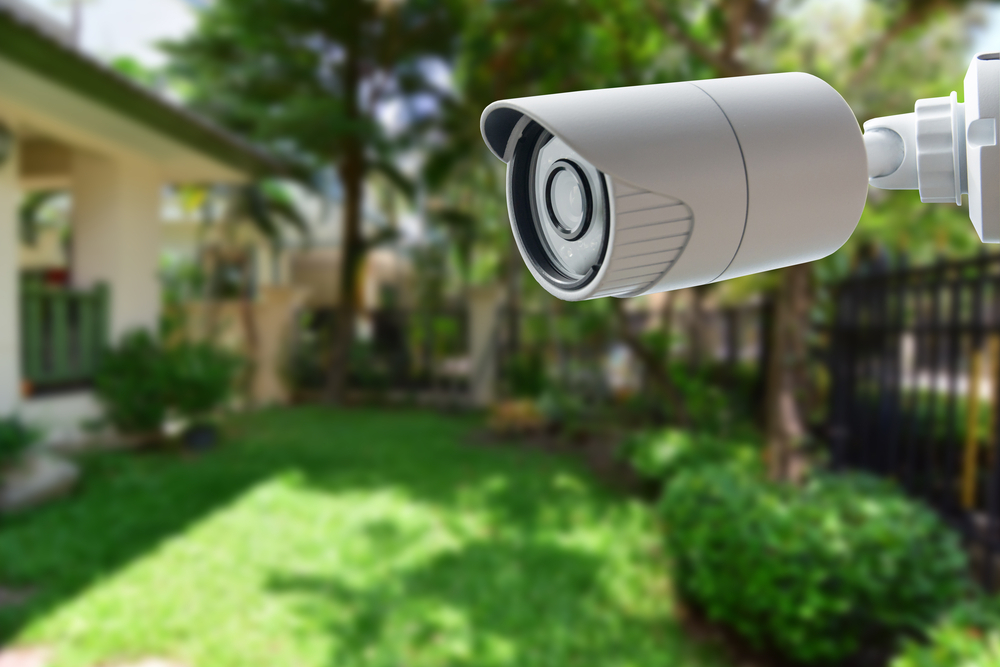A Guide to 4K Streaming

Nowadays, if you’re not streaming your favorite shows and movies, you’re probably in the minority. Gone are the days when watching a good movie meant taking a trip to the local Blockbuster to grab a video tape. In fact, you don’t even have to visit a movie theater in order to see a quality film. You can stream new movies, entire channels, and most TV shows in 4K right from home—if you have the right setup.
If you enjoy picture quality so perfect you can count the facial hairs on an actor’s face, as well as rapid access to movies, channels, and shows whenever you want, 4K streaming can deliver. Let’s dig into what 4K streaming is, what you’ll need to stream content in 4K, and what your options are for streaming services that offer 4K content.
- What is 4K streaming?
- Advantages of 4K streaming
- How to watch in 4K
- 4K streaming services to consider
- Other things to know about 4K
- FAQs about 4K streaming
- Stepping into 4K streaming
What is 4K streaming?
In short, 4K streaming is using a streaming service and the internet to watch 4K content on a television capable of high resolution in 4K quality. The term 4K is used in reference to the resolution of the picture on a TV. Resolution is measured in horizontal and vertical pixels. Generally speaking, the more pixels, the better the resolution. Older high-definition 720-pixel TVs provide 1,280 x 720 pixels, but 4K TVs offer four times as much: 4,096 by 2,160 pixels.
4K is also referred to as Ultra HD when it comes to TVs. However, having a TV that can display 4K resolution is just one part of the equation when it comes to streaming in 4K. The content being streamed must also be in 4K resolution for the picture quality to be as high as it should be.
Advantages of 4K streaming
The main advantage of 4K streaming is picture quality. If you were to stand at a distance from a 4K TV and a standard HD TV, you may not see a great deal of difference. However, in a cozy room about the size of most living rooms where you are closer to the TV, the difference in picture quality is very apparent and 4K is significantly more clear. With 4K, you see every line, every shadow, and every ray of light with crisp clarity. You don’t see video “noise” or individual pixels. The picture is vibrant and the contrast between dark and light is noticeably sharper.
How to watch in 4K
In order to enjoy 4K streaming at home, you will need a 4K TV for starters. The resolution of the TV must match the resolution of the 4K content being delivered from a service provider. However, depending on the streaming service you choose, you may also need a 4K streaming device or 4K-capable game console.
TVs
These days, 4K TVs are available pretty much anywhere. More costly than HD TVs and usually larger, 4K TVs come from some of the top brands, such as TOSHIBA, Sony, Vizio, and Samsung. TVs built for 4K tend to be on the larger side so that you get the best viewing experience but smaller 4K TVs are available as well.
Most 4K TVs are smart TVs, which means you won’t necessarily have to invest in a streaming device in order to stream your favorite shows and movies. Instead, you can simply add your preferred streaming apps to your TV, stream your favorite 4K flicks, and enjoy.
Streaming devices
In general, streaming devices are growing more obsolete as smart TVs are becoming increasingly common. However, you do currently have access to some devices that are meant for 4K streaming on a compatible TV. It’s worth noting that some streaming services may only deliver 4K content if you have a certain 4K streaming device to use and not just a 4K TV. Some popular streaming devices with 4K capabilities include the Roku Streaming Stick 4K, the Amazon Fire TV Cube and Chromecast Ultra.
Gaming consoles
Certain gaming consoles also double as 4K streaming devices as long as you have a TV capable of displaying 4K content. These consoles are a great fit for gamers who want a high-resolution gaming experience, but many also allow you to stream from services like Netflix, Peacock, and YouTube by downloading apps to the console. Xbox One X and PlayStation 5 both support 4K streaming and interestingly, PlayStation 5 supports 8k as well, even though 8k games and content are just starting to become available.
4K streaming services to consider
With your 4K TV, and potentially a streaming device, you’re ready to get down to enjoying ultra-high-definition content. You currently have access to a number of streaming service options, and many have a nice lineup of 4K content available to enjoy.
Amazon Prime Video
Amazon Prime Video is a streaming service included for free if you subscribe to Amazon Prime, and the service has an extensive collection of 4K movies, shows, and documentaries. Titles available in 4K have a “4K Ultra HD” or “4K HDR” label when you scan through lists of movies and shows. You do need a 4K TV and/or a 4K streaming device to use the service and the cost for Amazon Prime, which includes Prime Video with 4K is $14.99/month.
Hulu
Hulu is one of the lower-cost streaming services with prices as low as $6.99/month and their library of 4K content is growing. Most Hulu Originals are available to subscribers in 4K, as well as certain movies and shows from other creators. In order to watch Hulu’s 4K content, you will need a supported device, such as an Apple TV, Chromecast Ultra, or Xbox One S or X.
Netflix
Netflix streams some titles in 4K ultra HD, but you do need a Netflix Premium plan that supports 4K streaming. The monthly cost for Netflix Premium is $19.99 and you do need either a supported TV, computer, or streaming device to enjoy 4K quality. Much like Hulu, a lot of Netflix original movies and TV shows are available in 4K.
UltraFlix
Ultraflix claims to offer the largest 4K library among similar apps with at least 900 movies available to stream, and also offers quite a few TV programs you can watch at no cost. You can simply add UltraFlix to your smart TV or streaming device and gain access to 4K movie rentals. The rentals from UltraFlix range in cost from $1.99 to $4.99/movie.
VUDU
VUDU offers rentals streamed in 4K with their 4K UHD lineup, as long as you have either a 4K TV or streaming device with the ability to add the VUDU app. This service provider has a massive collection of 4K titles in its content library, and prices range anywhere from $1.99 to $6.99 for movie rentals. You can also purchase 4K UHD movies and full seasons of your favorite shows, if you’d like to build a content library of your own.
YouTube
YouTube has a few different options for streaming in 4K. Some user-generated content is available in 4K resolution for free. However, YouTube also offers movies for rent in 4K, as well as an add-on for 4K UHD for their live TV package through YouTube TV. You do need a 4K-capable TV or streaming device and YouTube TV starts at $64.99/month, while rental and purchase prices for 4K movies range from $2.99 to $19.99.
iTunes
iTunes automatically upgrades certain titles to 4K if you have a 4K TV or Apple TV 4K. iTunes itself is free to use, but you do pay varying rental prices to stream movies and TV shows. Movie rentals on iTunes can range in cost but are usually $6.99 or less, unless you want to watch a newer streaming release which may cost $20 or more.
Other things to know about 4K
Ready to jump on the 4K streaming bandwagon? Before you head in that direction, there are a few other important things to consider.
Internet speed for 4K streaming
The ideal internet for 4K streaming will deliver consistent upload and download speeds, substantial bandwidth, and no data caps. Most streaming services recommend that you have at least 25Mbps of bandwidth available for 4K streaming, and you’ll want to think about upgrading if you have more than one device on your connection at any given time. So, it is important to find a good internet service provider capable of delivering reliable, fast speeds with no data caps if you intend to stream a lot.
Costs
4K streaming is no longer something reserved for people with a big budget for entertainment. Good quality, large 4K TVs are available for less than $1,000 and you can pick and choose 4K streaming services that fit your budget. For example, something like Hulu, which offers 4K quality with a capable TV, starts at only $6.99/month. Your only other costs to consider are associated with internet service. While costs can vary depending on the provider and packages chosen a provider like Verizon Fios charges $39.99/month for 300Mbps speeds with no data caps, which can easily support 4K streaming.
4K content availability
If you have your 4K TV, streaming device or apps, and internet in place, the next step is finding 4K content. Because 4K technology has grown to be more accessible and affordable, 4K content is also not very hard to find. However, it is important to check with different streaming services to find out what content is available in 4K. Some service providers offer the bulk of their content library in 4K, while others have a more limited offering. For example, much of the content available through iTunes is in 4K, but DIRECTV only has a select number of dedicated 4K channels.
FAQs about 4K streaming
Is 4K worth it?
4K technology is continually being put to use in terms of streaming video, and TVs capable of 4K streaming are more accessible and affordable than ever. The experience of viewing content in 4K can be substantially better compared to something like HD as long as you have enough bandwidth to support it. Therefore, 4K streaming can be a worthy investment for people who prefer near-perfect picture quality.
What’s the difference between 4K ultra HD and 4K?
If you see 4K ultra HD or even UHD (ultra high definition) on your TV, you have a TV that is 4K capable. There really is no major difference; the aforementioned terms were originally used as consumer-facing terminologies instead of 4K. However, “4K” is more readily used in everyday language, and “4K” and “UHD” are often used interchangeably. Nevertheless, there can be a slight difference between 4K and UHD pixels. UHD offers 3,840 x 2,160, whereas 4K offers 4,096 x 2,160 pixels.
How much data will 4K streaming use?
Without question, 4K streaming does have a substantial appetite for data compared to standard streaming. Streaming in 4K is said to use five times more data than HD streaming, which requires only 5Mbps of bandwidth or less. The amount of data used while 4K streaming varies depending on the resolution of what you are watching and the streaming service used. In general, data usage with 4K streaming can be around 6 to 7GB per hour all the way up to 16GB per hour or more.
What about 8k streaming?
To date, 4K is still on the cusp of what is considered cutting-edge when it comes to video technology, and 8k technology is still establishing itself. You can purchase 8k televisions with 7,680 × 4,320 pixels (or four times as many pixels as 4K), however they are currently much more expensive than 4K options. Some popular streaming services offer 8k content, such as YouTube, but the content available is highly limited for now.
Stepping into 4K streaming
With home televisions becoming bigger and more capable of delivering flawless picture quality, new streaming services launching, and blazing fast internet speeds, streaming quality content at home is easier than ever. Streaming in 4K takes watching your favorite shows, movies, and sports events to an entirely new level. If you’ve yet to make the leap to 4K streaming at home, checking out what internet services and streaming options are available in your area may be well worth your time.
Compare the top TV providers in your area
*Pricing varies by location and availability. Speeds may vary. All prices subject to change; for current pricing and availability visit our TV service page. Prices as of 3/15/22.
Disclosure | Updater articles are based on our own data and research, independent from partner relationships. We are not compensated by partners for information and opinions presented here. Our Editorial Terms of Service can be found here.














